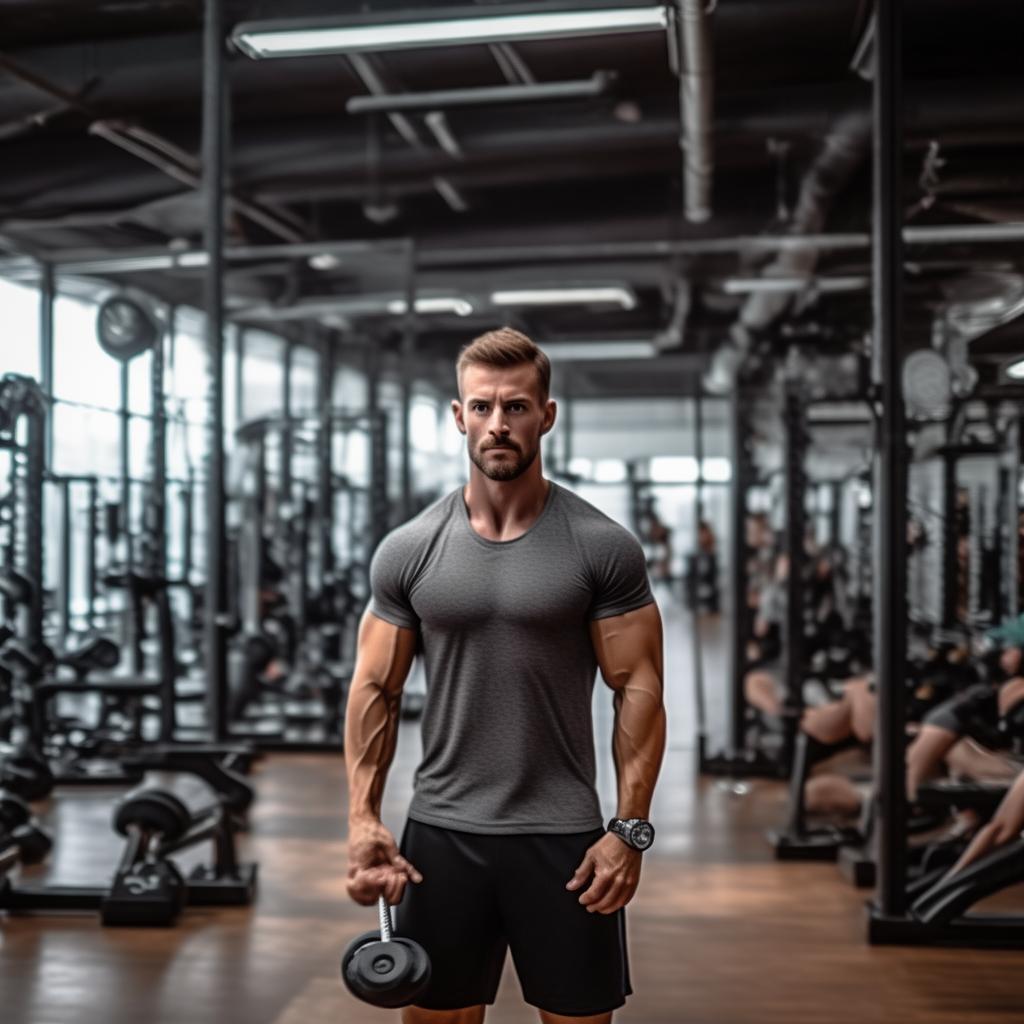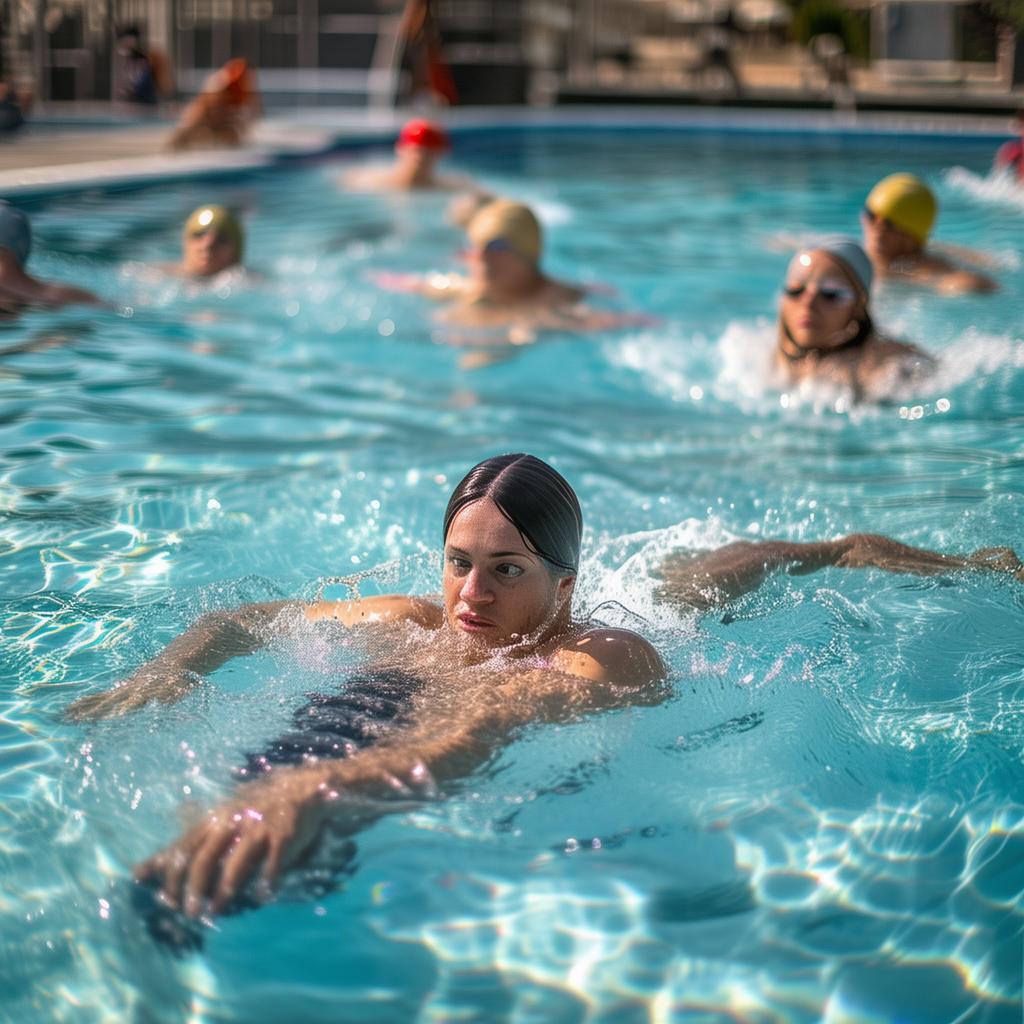Introduction
On August 21, 2023, we are about to embark on a journey to discover how to make our shoulders bigger. Among body – builders, Roelly is renowned for his massive deltoids. His training methods have always been a topic of interest. Let’s follow Roelly’s footsteps and learn about effective shoulder – training techniques, along with some crucial mistakes to avoid and tips to keep in mind.
General Training Principles
First and foremost, when it comes to shoulder training, focus on engaging all parts of the muscle. Even with heavy dumbbells, high – rep training is recommended. Aim for 10 – 12 reps per set. Training bigger muscles with a high training volume is often more beneficial than using low volume and high weights (1 – 5 repetitions). During the movement, avoid swaying or borrowing strength from other parts of the body. Also, locking the joint at the highest point of the movement should be avoided as it is a common problem area. Keep the muscle under tension for as long as possible. Additionally, try to minimize the rest time between sets for greater results.
Shoulder Training Program
The following is a detailed shoulder training program:
- Hummer Machine Shoulder Press: 2 sets for warm – up, 20 reps per set, with a 30 – second rest between sets. This movement is great for warming up and stimulates the anterior and middle bundles of the deltoids. Since it is performed on an apparatus, the risk of movement errors is relatively low.
- Seated Dumbbell Shoulder Press: 1 set for warm – up, 20 reps, 30 – second rest between sets. Many guys prefer to do this movement with dumbbells, which is an excellent way to stimulate the deltoids. When using a barbell for this movement, it activates more stabilising muscles such as biceps, triceps, obliques, and even abdominal muscles due to shoulder internal rotation. Movement details include resting the back on the bench cushion and keeping it flat. If using large weights, have a partner for protection. When alone, hold the dumbbells at the end of the handles on either side of the body. During the push – up, move fast as the dumbbells rise and control the lowering speed to activate more muscle groups. Mistakes to avoid include not throwing the dumbbells to the floor at the end of each set, not arching the back too much, and performing the push – ups with both arms simultaneously.
- Dumbbell Side Planks/Overhead Side Planks: This movement shapes the middle deltoid bundle. The traditional side planks start at the waist and move to a deadlift to shoulder height, and adding a rotational movement can improve results. However, for muscle growth, a more advanced variation is to turn the palms upwards and raise the dumbbells to the overhead position. This keeps the muscles tense throughout the movement. Perform three traditional side planks and then three overhead side planks. For side planks, choose an appropriate weight, place hands at the sides with slightly bent elbows, and lift the dumbbells until they are parallel to the floor, being careful not to raise them above shoulder height or lower them too fast. For overhead side planks, use a lighter set of weights, start with arms at the sides, move elbows and arms above the head while flipping the hands, and avoid swaying the body, fully extending the elbows, and lowering the dumbbells too fast.
- Shoulder Shrugs: Balancing the use of dumbbells and barbells, both have their own advantages. This movement is one of the best ways to activate the obliques. However, over 90% of people in most gyms do this movement incorrectly. Movement details include holding dumbbells 6 inches away from the body with almost fully extended arms, palms facing each other, and slightly rotating the arms inwards. Shrug the shoulders and move the dumbbells vertically up and down, contracting at the top for one second. Mistakes to avoid include not fully extending the arms to prevent elbow injury, not letting the dumbbells touch the body, not doing internal shoulder rotation, not allowing the shoulders to round at the highest point, and not lowering the shoulders quickly.
- Prone Dumbbell Side Planks: No other movement can isolate and stimulate the posterior deltoid bundle better. It also engages the rhomboids, increasing the mass of the back muscles. Movement details involve keeping the back straight, holding a dumbbell in each hand, bending down until the body is almost parallel to the floor, and raising the arms until they are parallel to the floor and then slowly lowering the dumbbells. If there is a lower – back injury history, this movement can be done in a seated position. Mistakes to avoid include not moving the dumbbells back and forth and not lowering them quickly.
Conclusion
The deltoids are not easy to isolate as many training movements involve them. Good technique is the key to better results. Incorporate these tips into your next training program. Don’t just increase the weight blindly; instead, focus on the power feel and details. Watch yourself in the mirror during each move, learn from your experience, and you’ll be on your way to building bigger deltoids!





